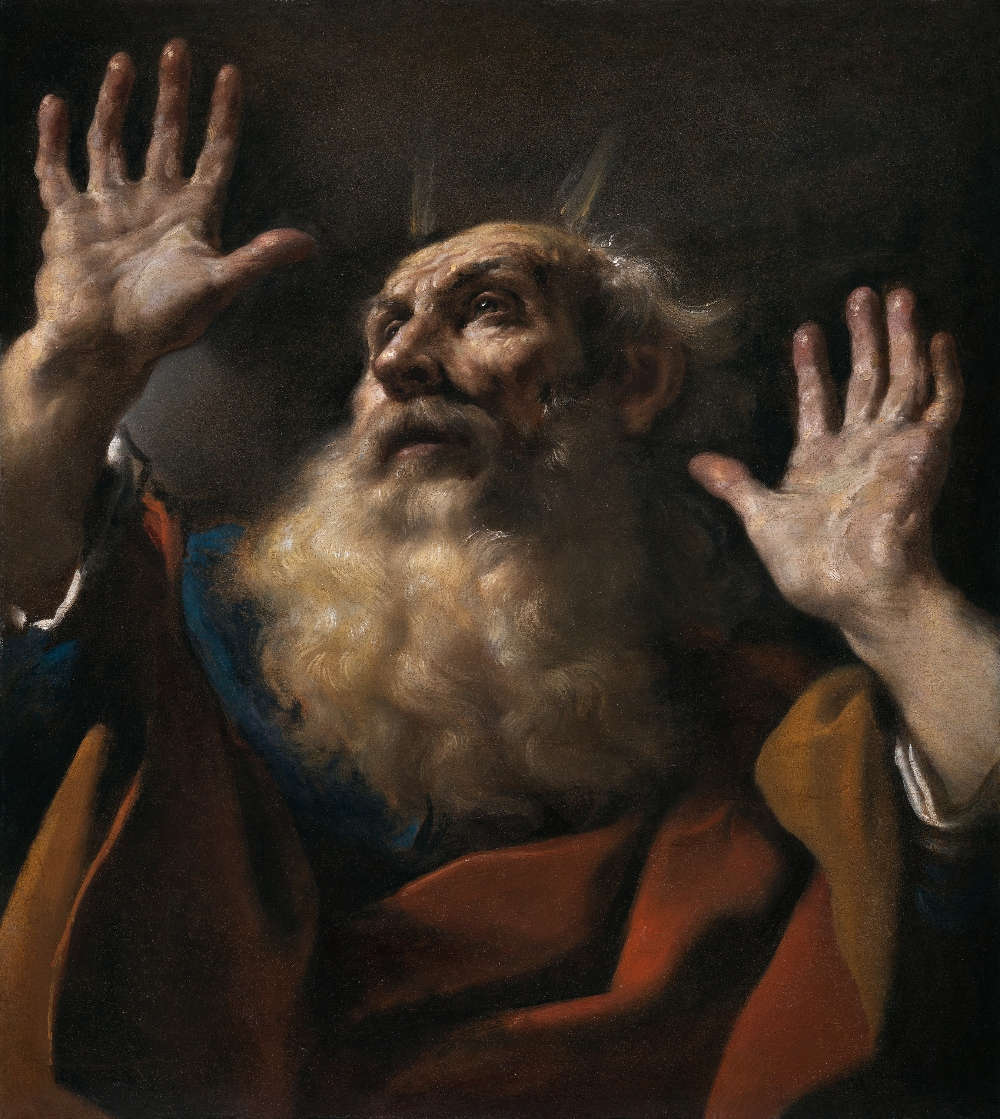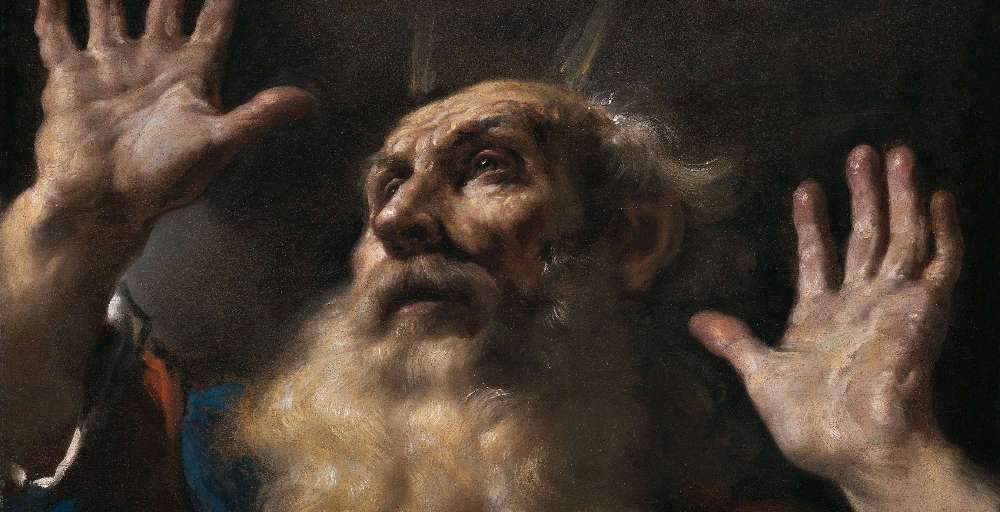The Scuderie del Quirinale dedicates an exhibition to Guercino and the Ludovisi dynasty in Rome
From October 31, 2024 to January 26, 2025, the Scuderie del Quirinale will host the exhibition Guercino. The Ludovisi Era in Rome, produced in collaboration with the Museo Nazionale Romano, the Uffizi Galleries and the Capitoline Museums. 121 works, from 68 major institutions, will be on display.
At the center of the exhibition will be Guercino, Pope Gregory XV’s favorite painter, and the exhibition’s itinerary will unfold through the dialogue between masterpieces and artists of the time, highlighting episodes of rivalry, mutual influences and exchanges. In addition to Guercino, artists featured include Guido Reni, Domenichino, Giovanni Lanfranco, Annibale and Ludovico Carracci, Pietro da Cortona, Padovanino, Antoon Van Dyck, Nicolas Poussin, and Gian Lorenzo Bernini. The works on display aim to investigate how Guercino’s style, characterized by refined chromatic research, was a central element in the cultural and political affirmation of the Ludovisi.
The exhibition thus has Guercino and the Ludovisi dynasty, represented by Alessandro Ludovisi, Pope Gregory XV from 1621 to 1623, as its main protagonists. The exhibition focuses not only on the figure of Guercino, but also explores the brief but intense period of the Ludovisi papacy in Rome, during which the young artist experienced one of the most significant moments of his career.

The Roman seventeenth century is often associated with the complex dynastic affairs of the Borghese and Barberini families, whose long and famous papal regencies marked fundamental epochs in art history. In this context, the brief and less studied Ludovisi papacy fits in as a parenthesis rich in innovation, positioning itself between these two powerful dynasties. During those years, Cardinal Ludovico Ludovisi, following the model of Scipione Borghese and in advance of the Barberini, gave life to Villa Ludovisi, symbol of the family, and to an extraordinary art collection, including ancient, Renaissance and contemporary works. The Ludovisi dynasty, endowed with a strong identity, introduced important artistic innovations, including the search for and possession of exceptional ancient works, the enhancement of 16th-century Venetian art, and collaboration with a large community of artists gathered in Rome.
On the occasion of the exhibition and by way of exception, it will be possible to visit some of the rooms of the Casino di Villa Ludovisi, including the one with Guercino’s famous Aurora. Visits are scheduled on Saturdays and Sundays starting Nov. 9. Reservations are required and are linked to the purchase of the exhibition ticket. You must choose the Casino visit when purchasing the exhibition ticket.
 |
| The Scuderie del Quirinale dedicates an exhibition to Guercino and the Ludovisi dynasty in Rome |
Warning: the translation into English of the original Italian article was created using automatic tools. We undertake to review all articles, but we do not guarantee the total absence of inaccuracies in the translation due to the program. You can find the original by clicking on the ITA button. If you find any mistake,please contact us.



























